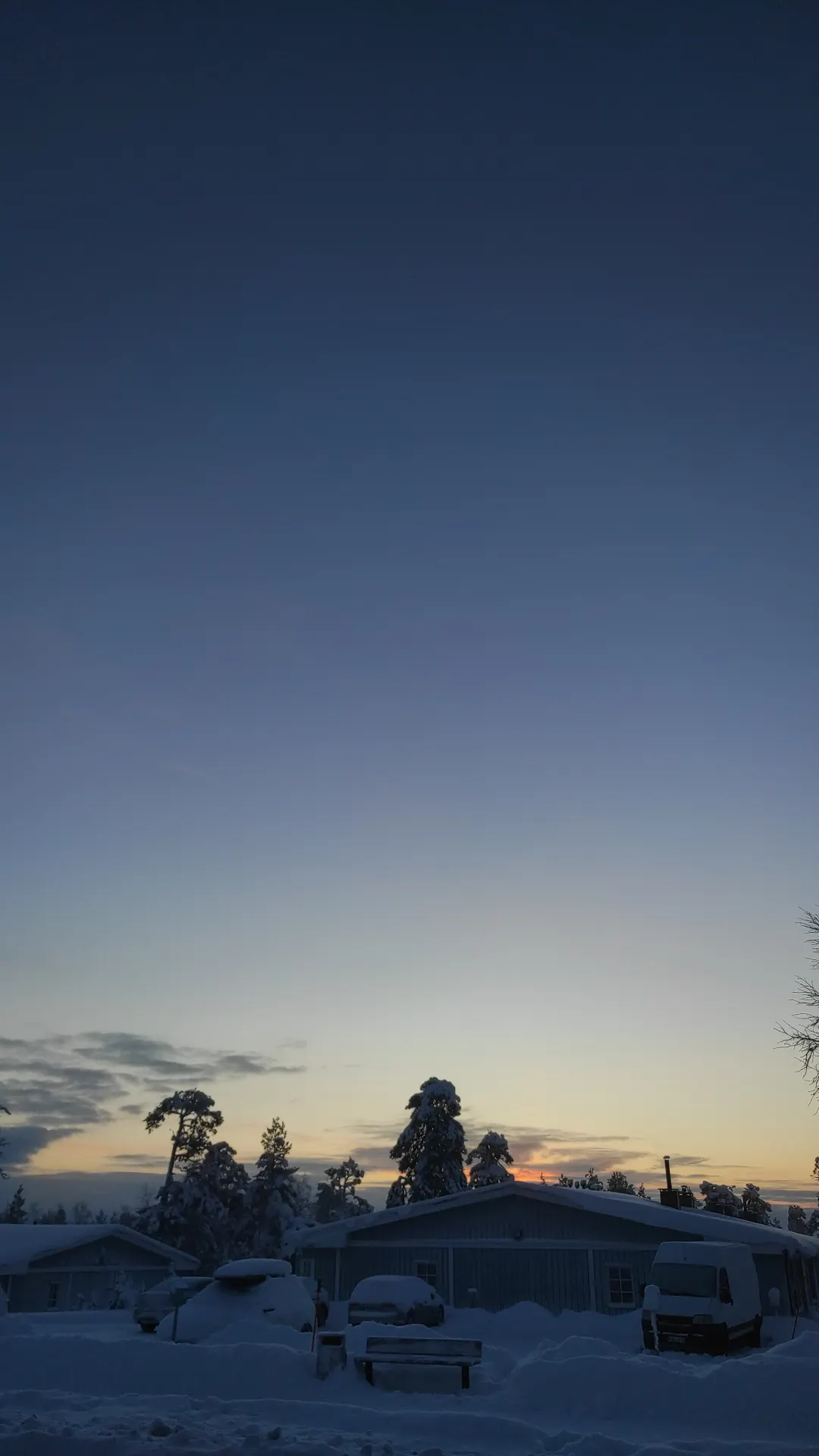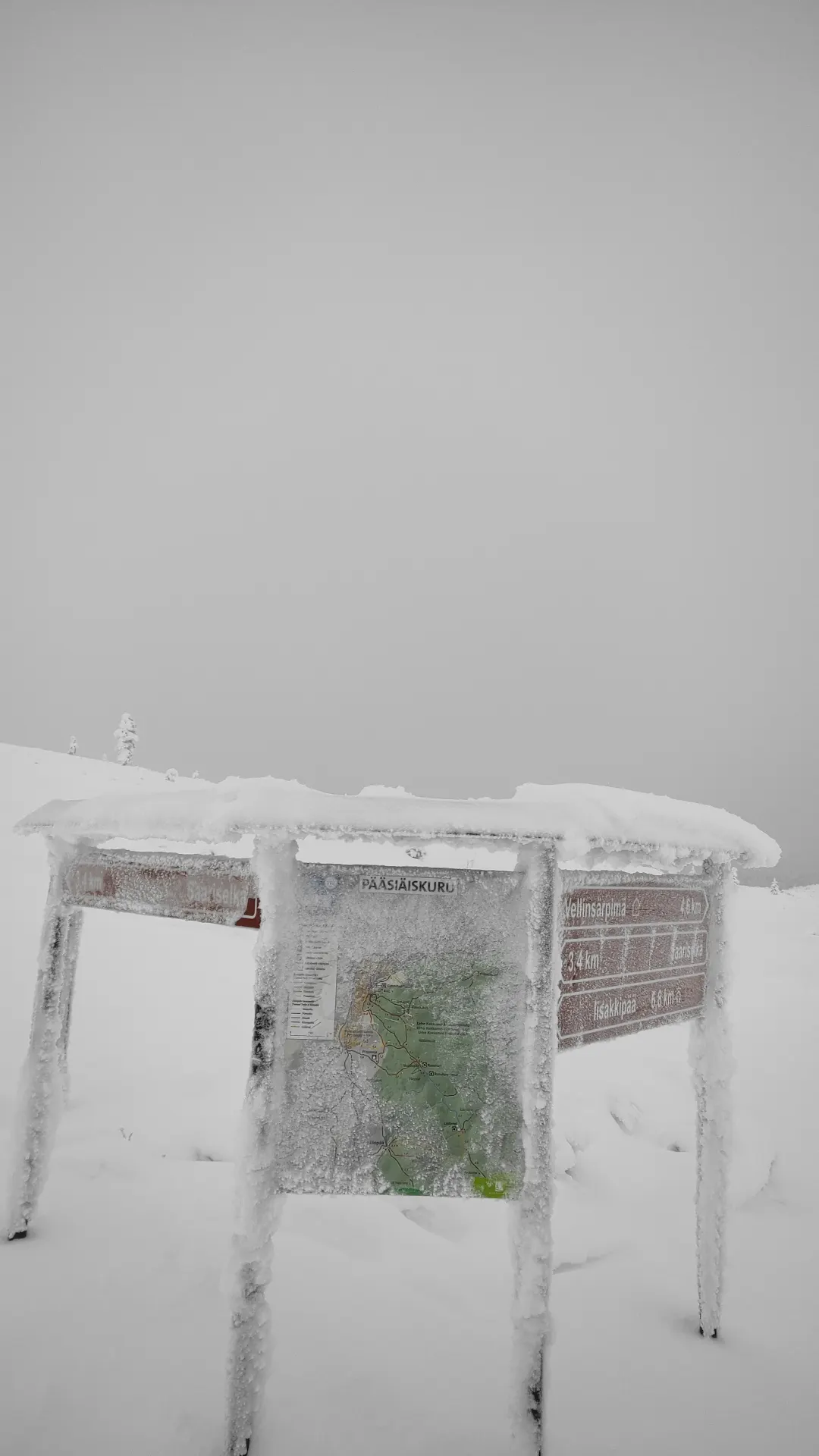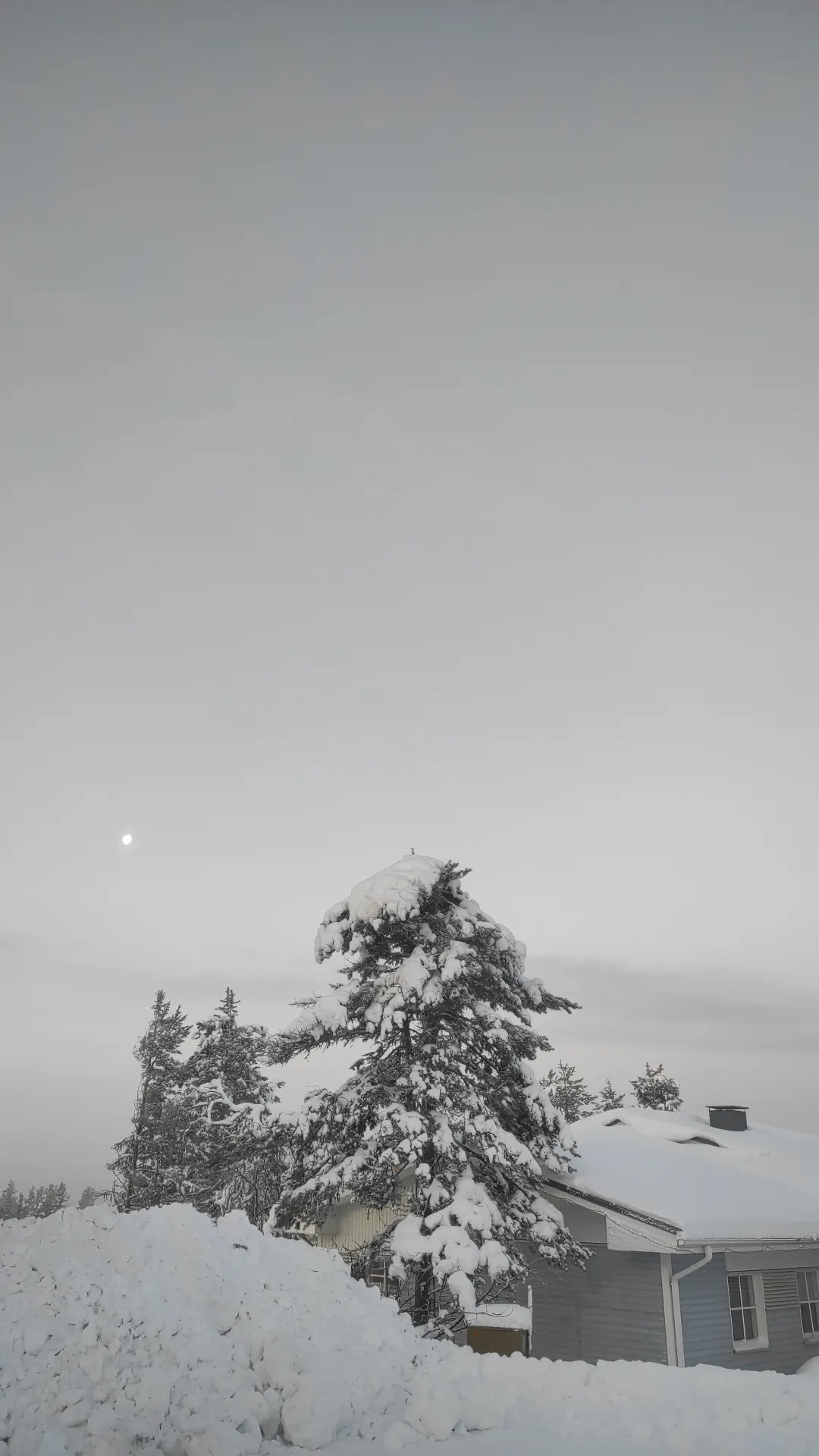Frozen Facts: Finnish Lapland's Essential Information for Travelers
- Filip Saint-Maxent

- Dec 10, 2023
- 5 min read
Updated: Jan 20
1. WINTER WONDERLAND
This is the land of Winter. The darkness of the polar night, freezing temperatures, bright starry skies, Northern Lights, and a lot of snow. Winter provides entertainment, joy, and socializing. I'ts strong but gentle in Finnish Lapland. The warm currents of the Gulf Stream flow into the Arctic Ocean protecting against the cold.
Snow is dry
Air is usually very dry in Lapland. This means that snow is also relatively dry. If you have snow on your clothes, simply brush it off before going inside and you won't get wet. Because snow is so dry for most of the winter, making snowmen or snowballs isn't easy.
Surviving Arctic Lapland
Finland's coldest ever recorded temperature -51,5°C (-60.7°F), was measured in the village of Pokka on 28 January 1999. Back then the very cold period lasted nearly two weeks. Temperature differences between the northern and southern regions of Finland can be large, and the weather can also change quickly. January is usually the coldest month.
Land of summer
Even Lapland has warm summers. There can be hot days when the temperature exceeds 25°C (77°F). During June and July, the sun shines right through the night. The average duration for the Midnight Sun in Lapland is approximately one month. The difference in the length of the Midnight Sun period between Southern Lapland and Northern Lapland is significant. Even outside the Midnight Sun period, during the summer the nights are still bright. Gradually the nights get darker as autumn approaches, and in September there is no more Midnight Sun
Whichever way it goes, Lapland always has a real winter
If you wash your hair, make sure it is dry before going outside, otherwise, it will freeze solid. You may have heard about people sticking their tongues on metal posts in the winter. My advice is don't try it.
Your phone battery hates the cold, so you will notice the battery doesn't last as long as normal if you are outside. Try to put the phone close to your skin to keep it warm.
With so many things here in the Arctic, if you are not sure, ask for advice, or just don't risk it.
USEFUL AND INTERESTING FACTS:
Gulf Stream - Did you know that this region is protected by the Atlantic Ocean's warm Gulf Stream? This Gulf Stream keeps the Arctic Ocean from freezing throughout the year up to the shores of the Kola Peninsula in Russia. This means that the winter in the northern region is comparatively mild and very harsh below-freezing temperatures are rare.
Windows don't open - In Lapland, the windows don't open. The triple or quadruple-glazed windows are rather cumbersome, so opening them would be awkward, and snow ice causes even more problems, but you probably don't want to open windows in the winter anyway. Most rooms are fitted with machined ventilation, but if you want to air your accommodation quickly you can always open your door for a couple of minutes.
Arctic cars - Most vehicles here are fitted with metal-studded tires that give excellent grip during Lapland's winter season. When driving here, remember that Lapland has more reindeer than people and they wander freely, also in traffic. Rudolf and his friends have no traffic sense at all. Many parked cars are plugged into a post with metal casing on top. These cars are not electrically powered, it's a special system that keeps the engine warm. It makes it easier to start the cat. It is also better for the engine and the car heats up faster.
2. THE POLAR NIGHT
How would I define the Polar Night?
You wake up in the pitch-black abyss, you summon enough energy to make coffee strong enough to wake the dead and engage in some pre-dawn Instagram scrolling – the modern-day morning ritual of champions. Your reactions to posts are a rhythmic dance of Like. Like. Smiley Face.
After putting on your NASA-grade overalls, you bravely open the door to a world painted in shades of oblivion. The -20°C wind slaps you right in the face, officially kickstarting your day in the Arctic edition saga.
Just a few hours later the stars, having had their moment in the celestial spotlight, decide to twinkle their way back into the night. And voila, it's 14:00, and darkness falls again. Time for a night shift or an Arctic adventure? You decide!
Even though the sun does not rise, the polar night does not mean complete darkness. The nature is enveloped by blue dusk, which is created by the light of the moon, stars, and northern Lights, reflected by the snow. It is not pitch-dark like it is in the south. During clear weather, especially from the fells you can admire the gorgeous sky imbued in different hues of blue and red. This phenomenon is called Kaamos in Finnish.
LAPPISH SKY
When I first came to Lapland I felt like the sky appeared to be closer to me. After talking to local people it appears to be true. The impression of the sky appearing closer comes from the purity of the air and intense brightness. In bright conditions, colors can change enormously and look different, even extraordinary. The eastern horizon transforms from a cosmic disco to a sunrise in progress – first a deep violet, then a tranquil blue. At its peak, the sky throws a surprise party with a cotton candy pink theme, transforming the tundra into a surreal winter wonderland.
3. NATURE IS FOR EVERYONE
Everyone's right means the right for everybody to experience nature
- Everyone's Rights mean the right for everyone to see nature regardless of who owns the land or occupies it. Using nature within within limits of Everyone's Rights can be done without prior consultation of the land owner and using nature does not cost anything. In national parks and other protected areas, everyone's Rights are not valid as they are, since these areas can have stricter rules about traversing or camping
Finnish Everyone's Rights allows everyone to enjoy nature, even without land ownership. The nature in Finland is seen as shared riches. Everyone's Rights are traditional rights that give all people certain rights and freedoms to move around in nature and make use of natural resources such as berries and mushrooms,... The aim is to give the chance to enjoy nature and all the benefits it offers, as well as increase well-being. Metsähallitus controls different land and water areas and in some cases, there are restrictions on Everyone's Rights.
- Everyone's Rights apply in multiple-use forests that are owned by the government. In protected areas, such as national parks, and nature reserves, these rights do not automatically apply and they will have different restrictions applied to them. It is always best to check the rules and regulations within each area before heading over there.
- As an example, in national parks, one can move freely on foot apart from restricted areas. Camping is allowed only in specified areas. Berry picking, mushroom foraging, fishing, and ice fishing are allowed. Horse riding, cycling, and dog sledding are only allowed on routes meant for these activities.
WHAT IS ALLOWED within the limits of EVERYONE'S RIGHTS:
Traverse on foot, by ski, or by cycling in nature, such as forests, natural meadows, and waterways
Spend time and stay overnight temporarily in areas where traversing is allowed
Pick natural berries, mushrooms, and plants that are not protected
Fish and ice fish (officially permit-free ways of fishing only)
Boat, swim and wash yourself in natural bodies of water and walk on ice
WHAT IS NOT ALLOWED within the limits of EVERYONE'S RIGHTS:
Traverse on yards, planted areas, and farming areas
Fell or harm growing trees
Take dried or fallen trees
Take moss or lichen
Make an open fire on someone else's land
Disturb the peace by camping too close to houses and making noise
Litter
Fish or hunt without a permit


















Comments